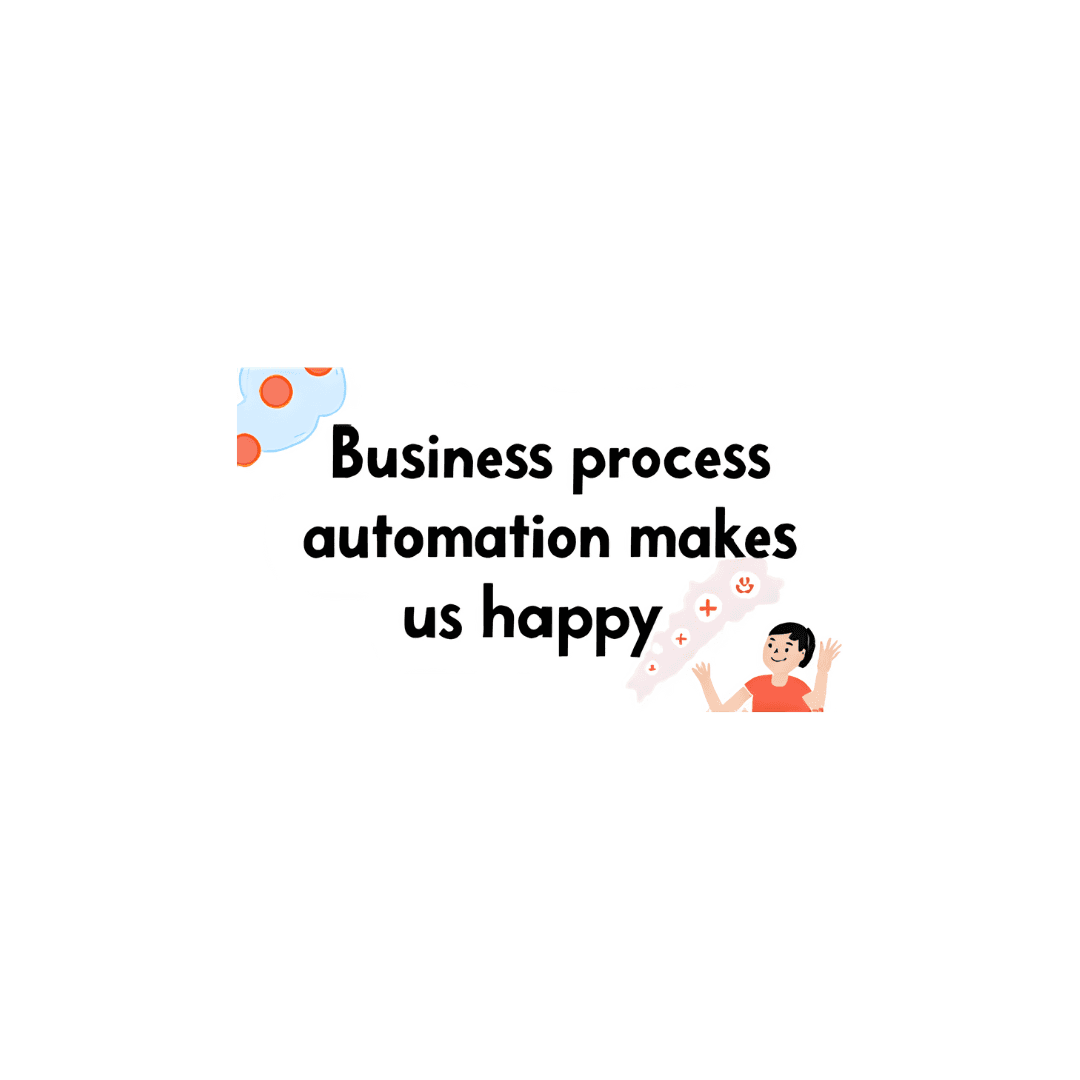Blog Post
Programming Languages Overview


This article aims to provide an awareness of programming languages and tools.
Why So Many Programming Languages?
Even in modern computing there is a wide variety of programming languages still beiong implemented, but why do we have so many? Well each programming langiage has its own strengths and niche technology areas. We also have many legacy applications still in use that were writeen before some of the modern languages were developed.
Let’s list a few languages that are found in use today (some older than others!):
Fortran
C
C++
C#
Java
Visual Basic 6
Visual Basic (.NET)
VBA
Ruby (although this could be called a scripting language too!)
There are also numerous scripting languages in use:
VBScript
JavaScript
PHP
Perl
Python
For many of us when we started out writing programs we had a text editor and character based screen to work with. These days programmers have the luxury of full blown development environments and purpose built editors that colour code key words, highlight matching brackets and do all sorts of other wonderful things for us too. Some are open source and free, others you need to pay for. Some popular editors and developments environments are:
Notepad++
Eclipse
NetBeans
Microsoft Visual Studio
Many of the tools available today support development environments for multiple languages.
Programming Language Types
Programming languages generally fall into the following categories:
Machine Code
Assembly Language
BASIC
Structured languages
Procedural languages
Object Oriented languages
Scripting Languages
Machine Code
Machine Code is hardware dependent, different for every vendor’s hardware. With machine code registers have to be loaded with data to be processed, they are very low level and the code is a sequence of ones and zeros (binary). Machine Code is both difficult to write and very time consuming.
Assembly Language
Assembly Language is also hardware dependent, different for every machine. Assemblers translate symbolic notation to machine code. It is again a low level language.
Structured Languages
Structrured Programming Languages enable variables to be declared, they provide control flow through IF statements, loops and CASE statements. Structured Programmiong Languages also allow functions and/or procedures to be created which means tasks can be modularised, code can be resused rather than repeated.
Share This Post
Mandy Doward
Managing Director
PTR’s owner and Managing Director is a Microsoft certified Business Intelligence (BI) Consultant, with over 35 years of experience working with data analytics and BI.
Frequently Asked Questions
Couldn’t find the answer you were looking for? Feel free to reach out to us! Our team of experts is here to help.
Contact Us


